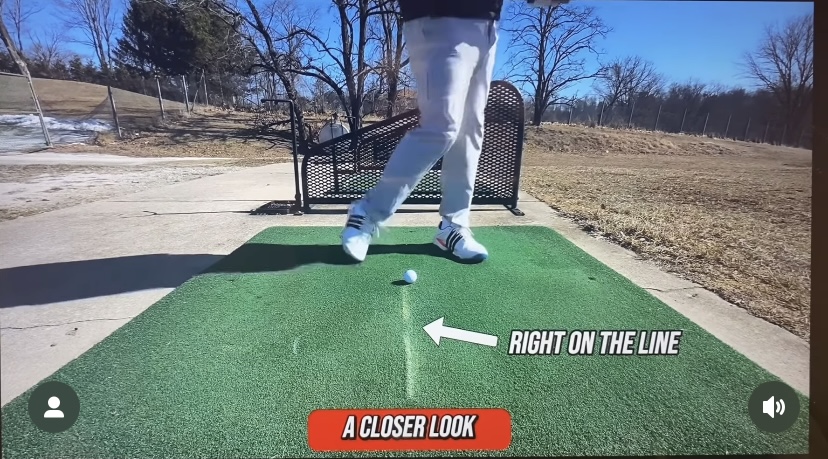Ground contact skills are one of the most vital aspects of a solid golf swing, yet they’re often overlooked in practice. Understanding where and how your club meets the ground is the gateway to more consistent ball striking, better distance control, and improved shotmaking.
It’s not just about hitting the ball first or the ground contact entry point, but it’s also about how the club interacts with the turf, how deeply it enters the ground, and how that contact affects the energy delivered to the ball.
Common phrases you may have heard such as “brush the ground” or “sweeping the ball off the ground” are addressing this important functional ground contact skill. The goal for most shots is to contact the ball and ground to produce optimal launch, spin, and energy transfer.
Examples That Show the Importance of Ground Contact
Ball sitting up fluffy in the rough: Easy to access the ball, but also easy to glide too far underneath the ball.
Ball buried deep in the rough: Difficult to judge the energy to deliver to the ball as the ground impedes the force and flow.
Ball in the bunker: Contacting the ground or the sand with the right amount of distance behind the ball and energy through the ball will determine the outcome.
These differences show how important it is to train your feel for energy through impact — a skill that depends entirely on how you manage ground contact. The way the ground “pushes back” into the clubhead influences how much energy is transferred into the ball and how your shot performs.
Key Elements of Ground Contact Skills
Point of Entry: Contact should be ball-first, then turf (except in special cases such as bunker shots). This sequencing delivers the cleanest strike and most efficient energy transfer.
Depth of Contact: Too deep and you lose speed and accuracy; too shallow and you sacrifice control.
Feel Through Impact: Developing a sense of how the ground contributes to the shot is critical. Good golfers train to “read” the ground beneath them and adapt their swing or shot selection accordingly.
Mastering these elements is not just a mechanical process — it’s a skill you develop over time through deliberate practice, drills, and feedback. Once you refine your ground contact skills, you’ll find yourself able to handle any lie with confidence, from perfect fairway lies to challenging rough shots.
If you want to improve your game, focus on developing this skill. It’s one of the most powerful skills a golfer can have — and it starts with your intention and awareness of how your club meets the ground.
For access to Will’s Learning Library and premium content, or to set up personalized coaching (in-person, online, or virtual), contact will@mcintosh.golf and visit McIntosh.Golf.
Shot on location at Valley View Golf in Newtown Square, PA.

